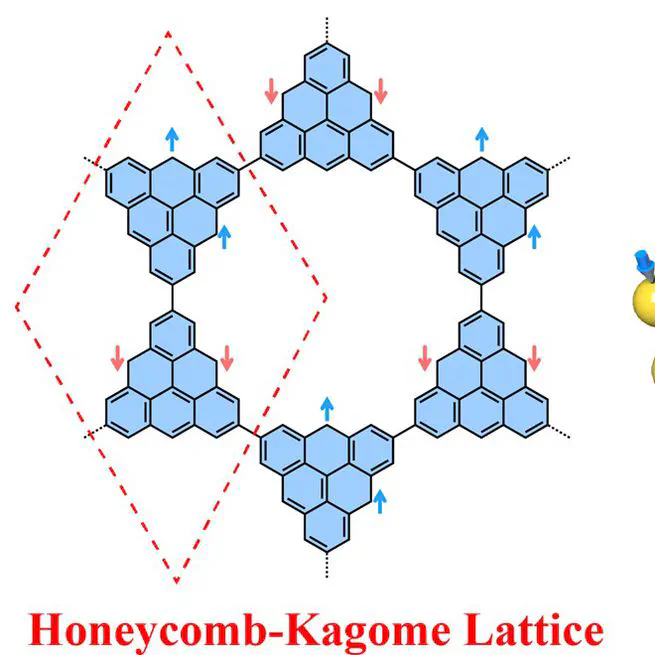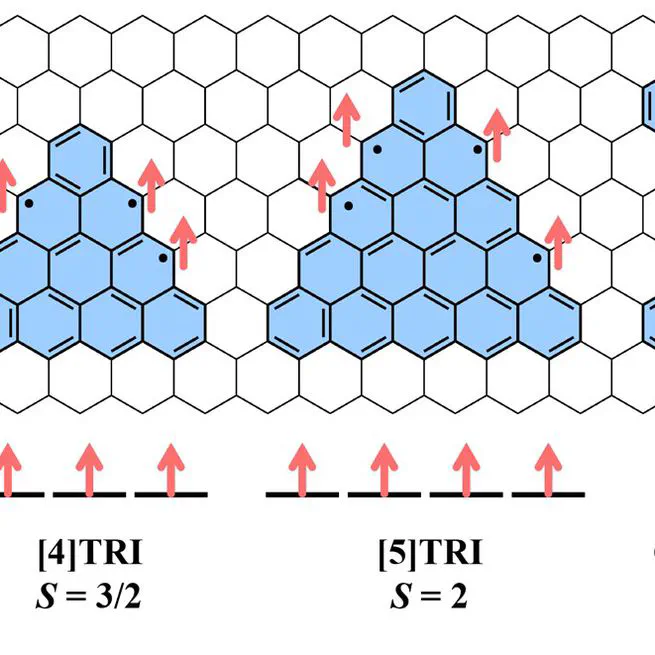
We explore how magnetism can emerge purely from carbon and light elements—without the need for transition metals. We design two-dimensional π-conjugated networks such as the Honeycomb-Kagome lattice. These materials exhibit robust spin polarization originating from the intrinsic topology and electronic structure of their building blocks. Remarkably, exotic quantum phenomena have been observed in these systems, including Stoner ferromagnetism and Mott-Hubbard insulating behavior, highlighting the strong correlation effects inherent in purely organic frameworks. Our work demonstrates that magnetism can be engineered in metal-free materials by manipulating the topology, connectivity, and chemical components at the molecular level, paving the way for sustainable spintronic devices and quantum technologies.
May 8, 2025

In contrast to most closed-shell organic systems, radical molecules feature unpaired electrons, leading to fascinating open-shell electronic structures. Our research focuses on polycyclic aromatic hydrocarbons (PAHs) with precisely engineered topologies that stabilize radical states. By designing specific molecular shapes—such as triangular graphene fragments—and incorporating unique geometries like Clar’s goblet and olympicene, as well as introducing heteroatoms, we are able to control their spin states (e.g., S = 1/2, 1, 3/2, etc.). These radicals act as fundamental building blocks for metal-free materials with extended π-conjugation, providing a powerful platform to explore electron correlation and magnetism within carbon-based frameworks.
May 8, 2025